The symposium, organized by German optical systems manufacturer Carl Zeiss AG, convened top eye specialists from Asia and Europe to exchange insights on cutting-edge developments in ophthalmology, including advancements in refractive and cataract surgery.

Dr. Ro’s study, titled “Clinical Outcomes of Secondary Refractive Surgery Following Intraoperative SMILE Complications,” examined 45 eyes among 44,252 SMILE procedures that encountered issues such as suction loss, black spot formation, or laser delivery errors. His findings revealed that secondary SMILE procedures, performed with adjusted laser parameters, achieved visual acuity and astigmatism correction comparable to uncomplicated SMILE cases. Notably, these secondary interventions resulted in fewer higher-order aberrations and less corneal haze than photorefractive keratectomy (PRK), an alternative corrective procedure.
“Most centers resort to LASIK or LASEK for revisions when SMILE complications arise and a programmed restart is not feasible,” Dr. Ro said during his presentation. “At our institution, we have successfully implemented secondary SMILE with tailored laser settings, yielding clinical outcomes that are equivalent or superior. This method offers a safe and effective alternative for surgeons.”
Health In News Team Lim Hye Jeong
press@hinews.co.kr





